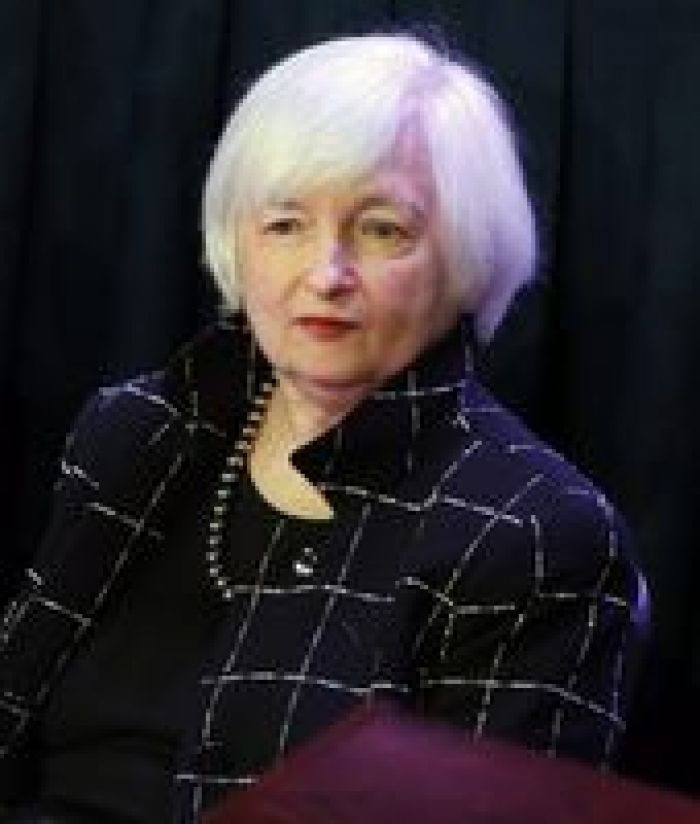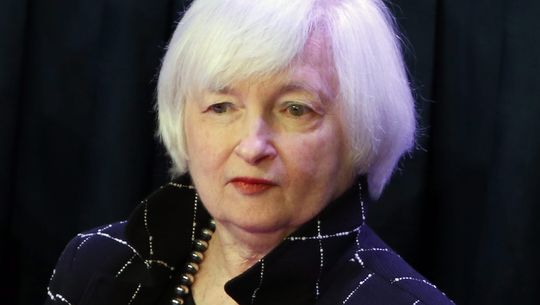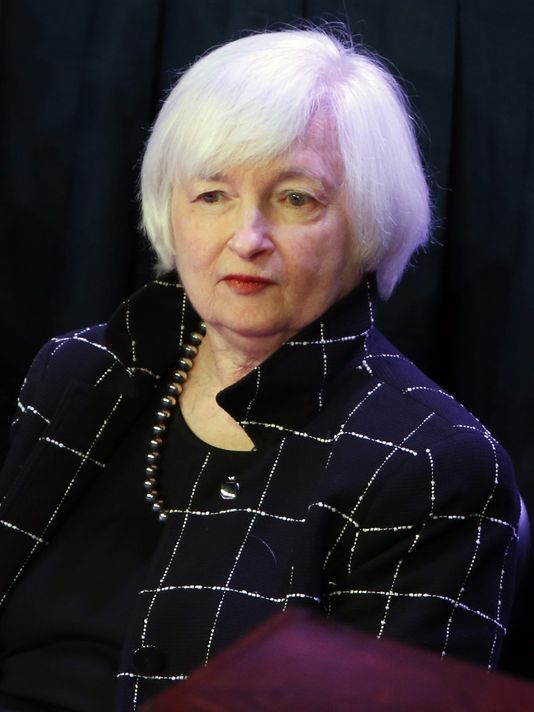Fed may leave door open to June hike -- barely


Nicholas Gartside, chief investment officer of international fixed income at JPMorgan Chase Bank, and Bloomberg's Guy Johnson discuss U.S. interest rates, the impact of a rate hike on the dollar and when we could see the next hike. Bloomberg

Federal Reserve Chair Janet Yellen leads a two-day Fed meeting this week.(Photo: JASON SZENES, EPA)
With U.S. economic growth stalling and global risks still looming, the odds of the Federal Reserve raising interest rates this spring are dwindling and Fed policymakers are likely to convey that message after a meeting this week, economists say.
While there’s virtually no chance of a rate hike at a two-day meeting that begins Tuesday, many economists had maintained their call of a June move even after a surprisingly cautious speech by Fed Chair Janet Yellen late last month.
Since then, however, economic growth has slowed and an upward drift in inflation toward the Fed’s 2% annual target has lost steam.
“They need to see evidence that the growth slowdown in the first quarter is transitory and inflation is actually firming,” Barclays Chief U.S. economist Michael Gapen, a former Fed staffer, says.
The Fed raised its benchmark rate from near zero to about 0.4% in December, the first hike in nine years. But it has stood pat since.
The economy grew just 1.4% at an annual rate in the fourth quarter amid a pullback in business stockpiling and a downturn in exports due to the global weakness and a strong dollar.
A surge in consumption was expected to drive growth in the first quarter. Instead, retail sales and consumer spending reports disappointed, compounding the ongoing headwinds of feeble exports and a oil-price slump that has hammered energy investment. Many economists expect growth of less than 1% in the Jan.-March period.
“Any way you slice it, the economy is falling short of the Fed’s growth expectation,” Morgan Stanley wrote in a note to clients. “It is stall speed.”
Gapen believes the dip in consumption is temporary, blaming relatively warm winter weather that dampened spending on utilities and a drop in booming auto sales to a more sustainable pace. The good news, he says, is that strong job growth should stoke a pickup in household purchases in the current quarter. Consumer spending makes up about 70% of economic activity.
Meanwhile, a core measure of inflation that strips out volatile food and energy costs rose to 1.7% in February. But Yellen voiced doubts that pace would persist because it was fueled by price increases in volatile categories, such as apparel and new vehicles. Recent indicators have proven her concerns well founded.
Gapen expects inflation to resume its upward climb soon, but “getting (noticeable gains in both economic growth and inflation) by June is a high hurdle,” he says. Fed futures are giving just 20% odds of a Fed rate increase at its June 14-15 meeting.
Overseas, some risks to U.S. growth have eased further in recent weeks. China’s slowing economy, which was singled out by Yellen as a lingering hazard, has stabilized somewhat. And a market selloff early this year that was triggered by China’s troubles and the oil slide has reversed course.
But a voter referendum on whether the United Kingdom should leave the European Union is scheduled just a week after the Fed’s June meeting, creating uncertainty and further lowering the odds of a June move, says economist Kathy Bostjancic of Oxford Economics.
In its post-meeting statement, Gapen says, the Fed will likely note the improved market conditions and leave the door open to a June hike. But he expects policymakers to point again to global and financial developments as risks, making a June move a long shot. Like some other economists, he now predicts just one quarter-point rate increase this year, probably in September or December. Fed policymakers had projected four such increases late last year.
Read or Share this story: http://usat.ly/1StONjZ









